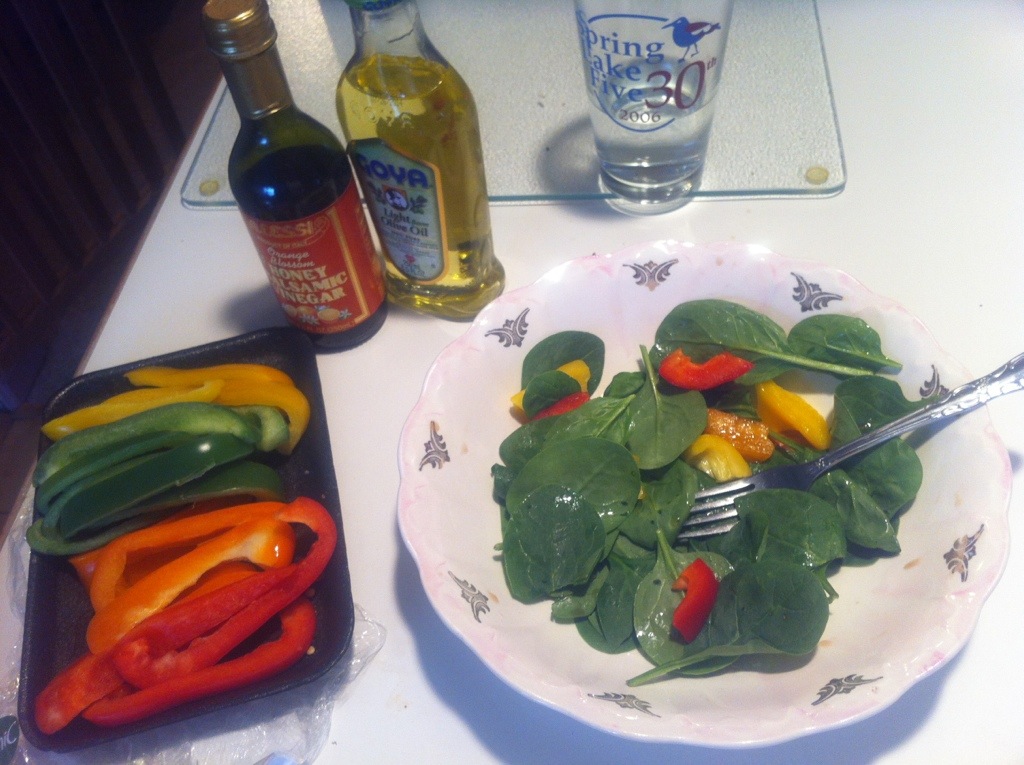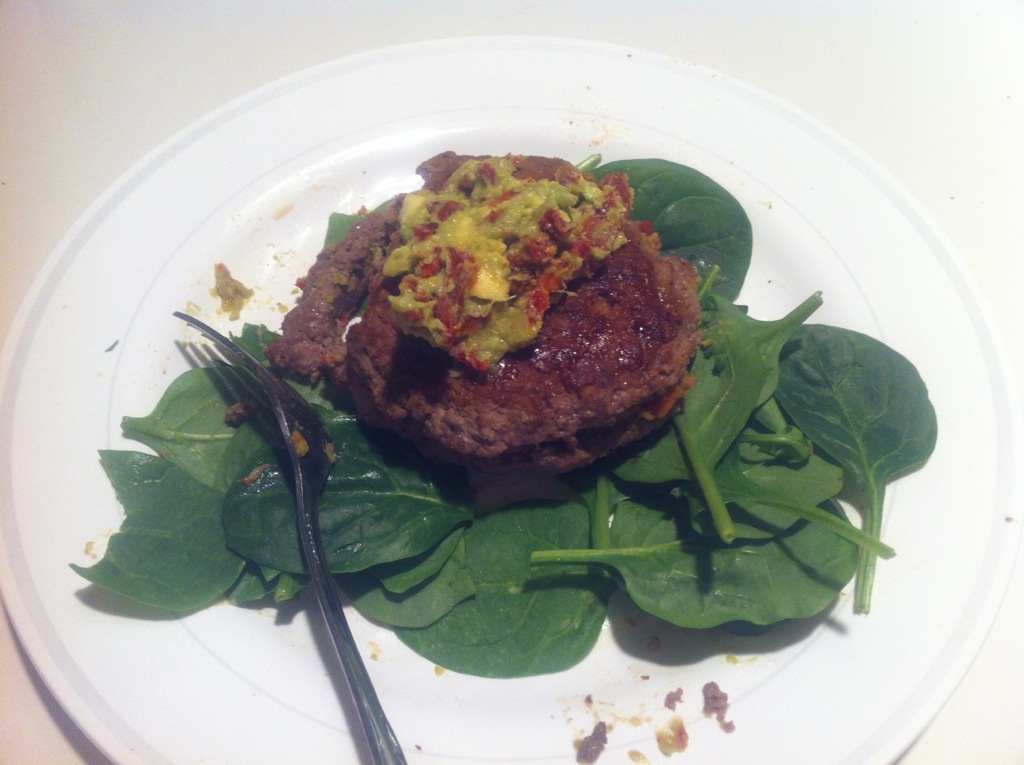Goal Setting – Ten Week Challenge
Sunday, March 13th, 2016Notes from the goal setting seminar by Ed Tseng at Crossfit Mercer, March 13, 2016 – http://edtseng.com
Everyone is here for the goal setting seminar. If you’re here for the procrastination seminar, Ed doesn’t do them anymore. (Would have been funnier if he had said, he’s putting that off for now).
From hanging out with the most successful people in the world, such as world champions on the Yankees, olympic gold medalists, to billionaires, he’s learned a different twist on goal setting.
Ed has a different twist on goal setting. Many people are anxious about crushing goals – but take minimal notes. He’ll tell us when to write things down (oops) but during the talk just try to be present.
Like in sports, you can’t think and hit at the same time. I think Ed said this was Mickey Mantle: “A full mind is an empty bat”. But when I looked it up, it was said by Branch Rickey. Use this for anything in life. The more you try to write down everything, the less you are in the moment and the less you will benefit. Listen as if you are listening to music, for something new. Listen for something different.
To Ed, the purpose of goal setting is to get more excited and fired up about life. Most people are so excited about their goals, they are like race horses with blinders on. They see nothing but the goal. Good news: you’ll reach your goal. But you may lose sight of everything else.
Mats Wilander from Sweden spent his whole life pursuing a goal to be a tennis champion. He got there, but after the excitement wore off, he told reporters he looked more forward to mowing his lawn than playing tennis. So do you want to spend all your time working towards a goal, thinking you’ll be happy then, or would you rather enjoy the process?
People are so focused on the goal, they think it’s weakness if they change or drop the goals. But if we keep our mind open, we might create better goals, more beneficial goals. Family life, job, even health might suffer by blindly following goals.
Make your goals measurable and specific. But instead of saying you’ll be happy when you achieve my goal, enjoy the process.
The goal should guide you, not govern you.
Goals will give you a direction to head toward. But people won’t know exactly what path that is. Most successful people will tell you they don’t know exactly what path helped them achieve success.
Happiness leads to success more often the success leads to happiness. If you think you’ll be happy when you lose a lot of weight, you might be wrong.
John Lennon story: his mother told him the secret to life is happiness. In school, his assignment was to write down what he wanted to be when he was older. John Lennon wrote “Happy”. The teacher gave the assignment back to John and said “I don’t think you understood the assignment.” John replied, “I don’t think you understand life.”
If you ask anyone about why they set goals, it boils down to happiness. But we can have that happiness now, throughout the process, not just for a short time after we achieve the goal. And then whether we reach our goals or not, we are still going to have happiness.
Happiness from achieving goals will be short-lived. If we achieve them, we’ll need to set new goals to aim for happiness again.
Miss New Jersey explained to Ed that even though she is so successful, she doubts herself every day. If she, or world champions doubt themselves, we are going to have doubt as well. But if we know these doubts are just thoughts, we can work through them. Ed compared thoughts of doubt to dreams. When we wake up, we know it was just a dream and don’t worry about what happened in the dream. Thoughts of doubt are the same.
If thoughts during our dreams shouldn’t affect us, why should our thoughts while we are in the middle of a workout, or during the day, or when we are deciding whether or not to eat a dessert?
Concern yourself less with the doubt and chatter that pops up, and you’ll be more in the moment.
The biggest obstacles in reaching goals are people themselves: the “six inches” between the ears.
We took a minute to think about a specific measurable goal for the next 10 weeks of the challenge, and wrote it down on a worksheet.
The first thing about goals you should know is that there is a superstar athlete, great father, caring mother, successful son, inside of all of us. Did you ever notice the white arrow in the Fedex sign? It’s pointing in the right direction. You may not have noticed it, but it’s been there all along. Same goes with your successful self – it’s already there. There is also a spoon hidden in “Fed”.
We can be successful. We already know what to do. But when we’re in a low state of mind, we tend to negotiate with ourselves. If you acted on every thought you ever had, you might never get out of bed.
Winners do what losers don’t feel like doing. It’s your behavior that gets results, not your good intentions.
Take action knowing what you know.
Alongside our specific, measurable goal, we wrote down an accountability partner. It must be someone we will check in with daily or weekly. Schedule the time we will report our progress, to be accountable.
The idea or consequence of failing to achieve the goal has to be more painful than the pleasure you’ll get now by doing something that undermines your goal (this was my idea I was telling Augie before the talk, and Ed gave me credit for it. But it’s not mine either — it’s the pain-pleasure principal made popular by Tony Robbins). Tell your accountability partner your plans for the week, and if you don’t make it, you have to do 500 pushups, or take them out to dinner or write them out a $5,000 check… Something painful. It has to be more painful than doing what’s needed to achieve the goal.
Don’t be stressed about your goals. Achieve your goals one at a time, but don’t think about the other 99 things you have to do that day. That will clutter your mind and increase stress. Be present, in the moment. Live in the now. That’s when we do our best. In and out of the gym.
Doubts are self-created. We hold ourselves back. We have all the potential in the world. Ed’s baby daughter didn’t give up on walking because she doubted she could do it. She kept trying and eventually got it.
Thoughts feel real. But they are not. When you wake up from a bad dream, you’re heart races, your body is tight and you are sweating, but you’re just laying in bed. That’s how powerful thoughts are. But doubt your doubts.
Just because you have a doubt doesn’t mean it’s true. Just because you have a lack of confidence or a doubt doesn’t mean it’s real. Thoughts/doubts can be powerful but they are just thoughts.
We thought about what has held us back from achieving your goals, and what might be obstacles for the next 10 weeks.
Example: time to prepare meals for the week. We can’t make more time, but maybe we can re-arrange our schedules. Don’t negotiate with yourself about getting things done. Just do them. You may need to schedule the process of writing out your schedule.
Dolph’s side note on preparing meals: you can’t out-train bad nutrition
Ed also said someone once said: Nothing tastes as good as fit feels.
You want to be able to respond rather than react. If you have to go out to an unexpected business dinner, or head out with friends to an unplanned meal at a restaurant, think about your goals before you order from the menu. Or if you know you’re going out somewhere to a function and will be tempted, each a healthy meal at home beforehand, then just order a healthy salad at the function.
Ed’s area of expertise is the mental side. Losing weight, getting fit, making money — it’s all mental.
One last story: There were twin brothers. One was always positive and the other negative. One day, doctors put the negative boy in a room full of wonderful treats and toys, and they put the positive boy in the dark, dingy basement with a pile of manure in the center.
An hour later, they checked on both of them. The negative boy was not happy, even with all the toys and treats. “I might fall off the rocking horse, or the cake may upset my stomach.”
The positive boy was happy as can be, running in circles. They asked him what was going on. He said, “With all this manure around here, there must be a pony somewhere!”
As we go through the next 10 weeks, our feelings will go up and down. But every situation can be seen in a infinite number of ways. A bad cheat meal might make us think we are off track and that we can then continue to eat poorly, or conversely we can think, “I’m more motivated to eat cleaner tomorrow.”

